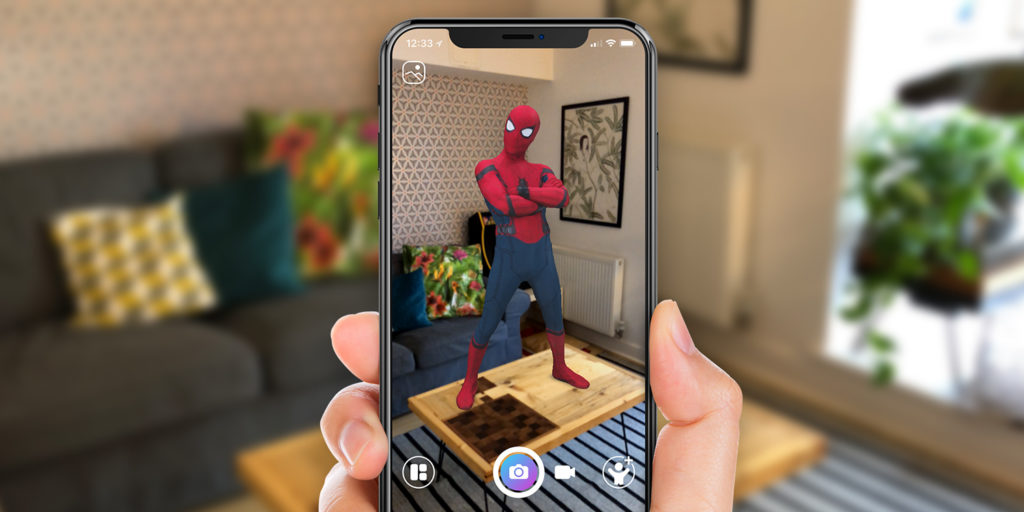With iOS 11, Apple introduced the world to augmented reality (AR) apps and games through a new framework called ARKit. This enabled any developer to easily create apps and games that interact with the real world via the device camera.
ARKit is a more advanced version of the techniques popularized by Pokemon GO in 2016, in which players could “see” virtual creatures through the lens of an iPhone camera.
It’s not just for games, though: ARKit can also be used to measure real objects, paint and sculpt in mid-air, create moving three-dimensional holograms, view constellations in the night sky, and much more. Below is an example from IKEA Place, which lets you preview furniture in your home before buying it. Pretty cool!
If you’re curious to try out Augmented Reality, open the App Store and browse the AR Apps and AR Games categories.
Scan your world
All ARKit apps work in broadly the same way. Start by gently panning the camera around the room for a few seconds to scan the room, allowing the app to detect things like floors and tables. This allows virtual objects to interact with these surfaces.
After that, follow any app-specific instructions and before long you’ll be mixing digital and physical realities! You can move around while using ARKit and objects will remain locked in place, allowing you to view things from different angles.
Note: ARKit works on any device running iOS 11 or higher, though newer devices like the iPhone 8, 8 Plus, and X are optimized for AR and will perform better at these tasks.

